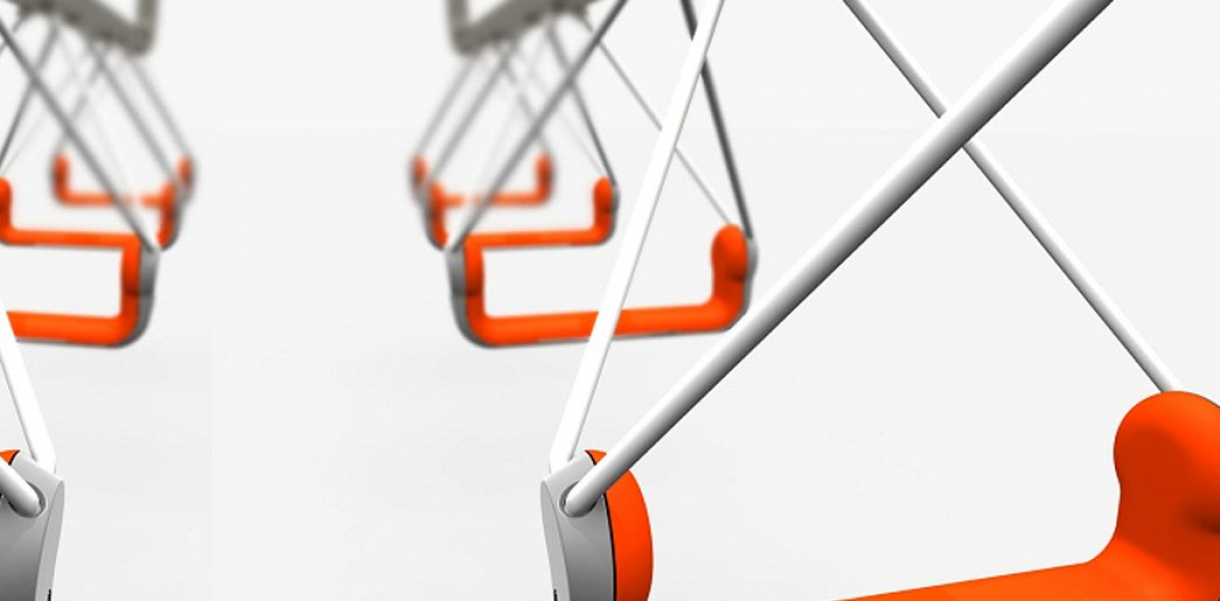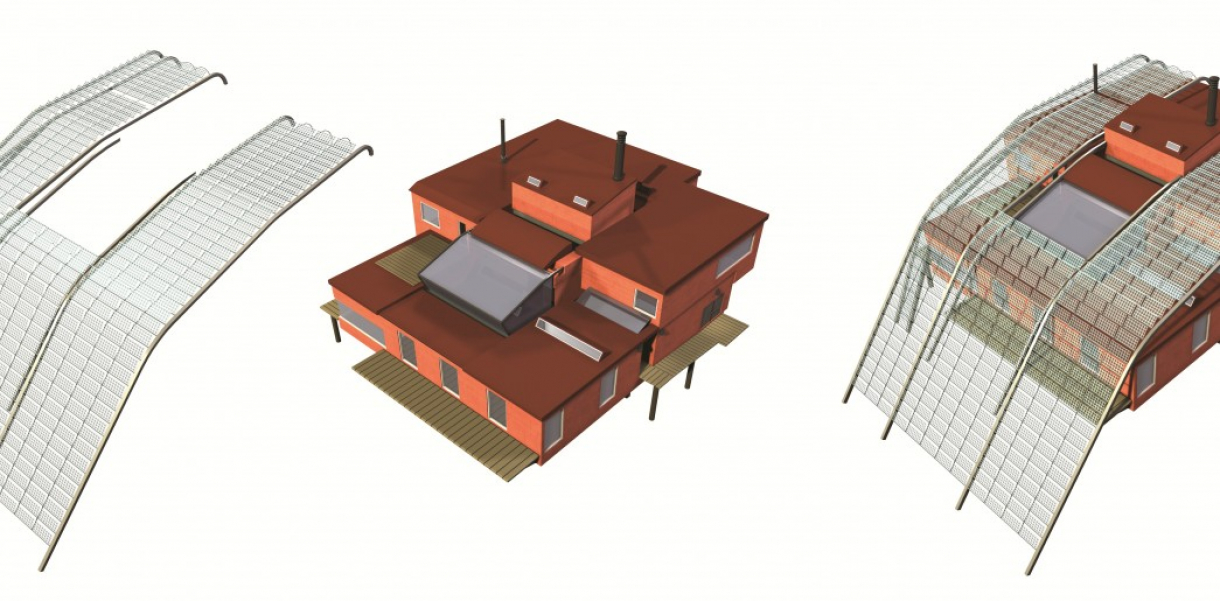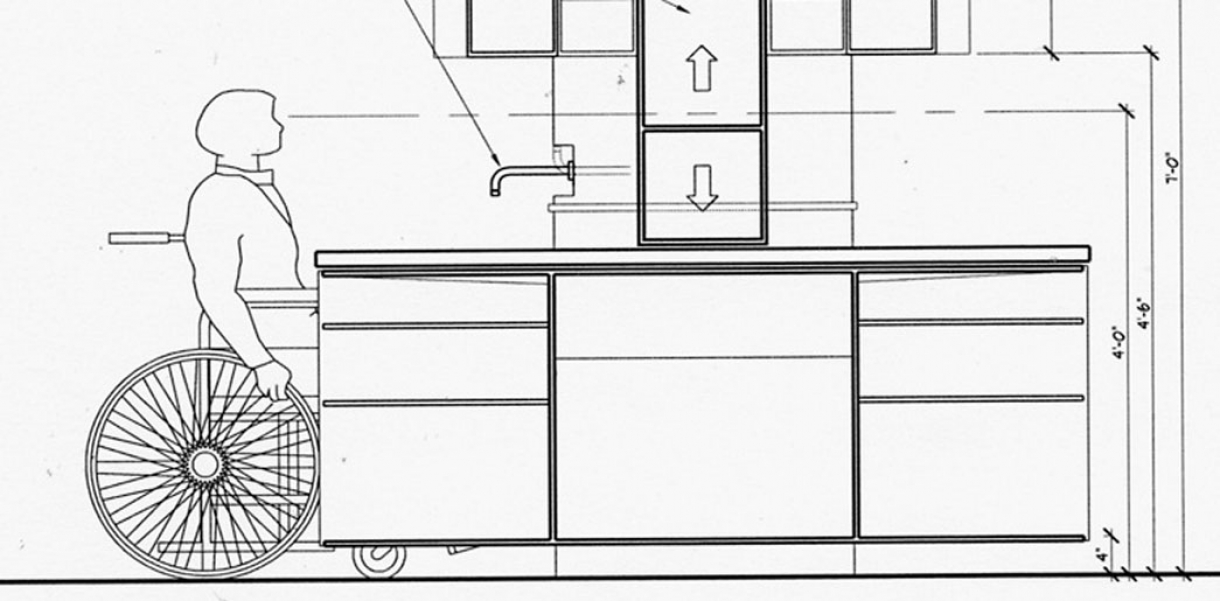Functionality and use of design
The proposed support handle provides stable support to the standing commuters as it is held taut by two opposing directions wires. The handle provides a safe ride for the commuters as they do not have to risk being ‘flung’ aside when the train turns, accelerates or brakes.
How did this design improve life?
The redesign of the subway overhead support handle allows commuters to enjoy stability and support on their train ride. Currently, the design of the overhead support handle does not offer stability to the users as the train turns, accelerates or brakes. The proposed design looks into the issue of stability. It provides adequate support to the commuters. In addition, it also provides stability to the commuter, a feature that the current overhead support handles fail to provide.
Improving the design of the subway overhead support handle allows people using the subway all over the world to enjoy a safer ride. This design ensures that commuters are not ‘flung’ aside when the train turns, accelerates or brakes. It is designed for the safety of passengers. Users of this new support handle suffer from less fatigue as they do not need to provide additional counter-balancing when gripping. The emphasis of the redesign is on the safety of the users.
Drawbacks of life improvement
The main drawback upon analysis of the product is the space the new support handle occupies. As it is attached by two opposing directions wires, it takes up more space than the current support handle. It seems that it is not a viable solution. However, with the current practise of squeezing many handles on one bar, one can easily observed that though many support handles are provided, the minimum space a user takes up is at least 40cm in length. (The minimum shoulder width: 40cm) Placing more support handles with disregard to this minimum 40cm allowance only serve as wastage of support handles. Thus, though it seems that the proposed redesign takes up more space, in actual reality, with regards to the minimum shoulder width of a commuter, it clearly shows that it does not matter.
Research and need
In the surroundings of the busy city life man lives in, we look into the mass transport system for potential design improvement issues. The subway service, a common city mass transport system, contains one of the most commonly used yet neglected objects, i.e. the subway overhead hand grip (support handle). Designing for a commonly used yet neglected object serves to ‘balance’ the relationship of man and the objects (he uses) from the standpoint of provision of objects serving real human needs.
Designed by
Hsieh Cheng-Yuan & Wu Hsieh-Heng - Taiwan






